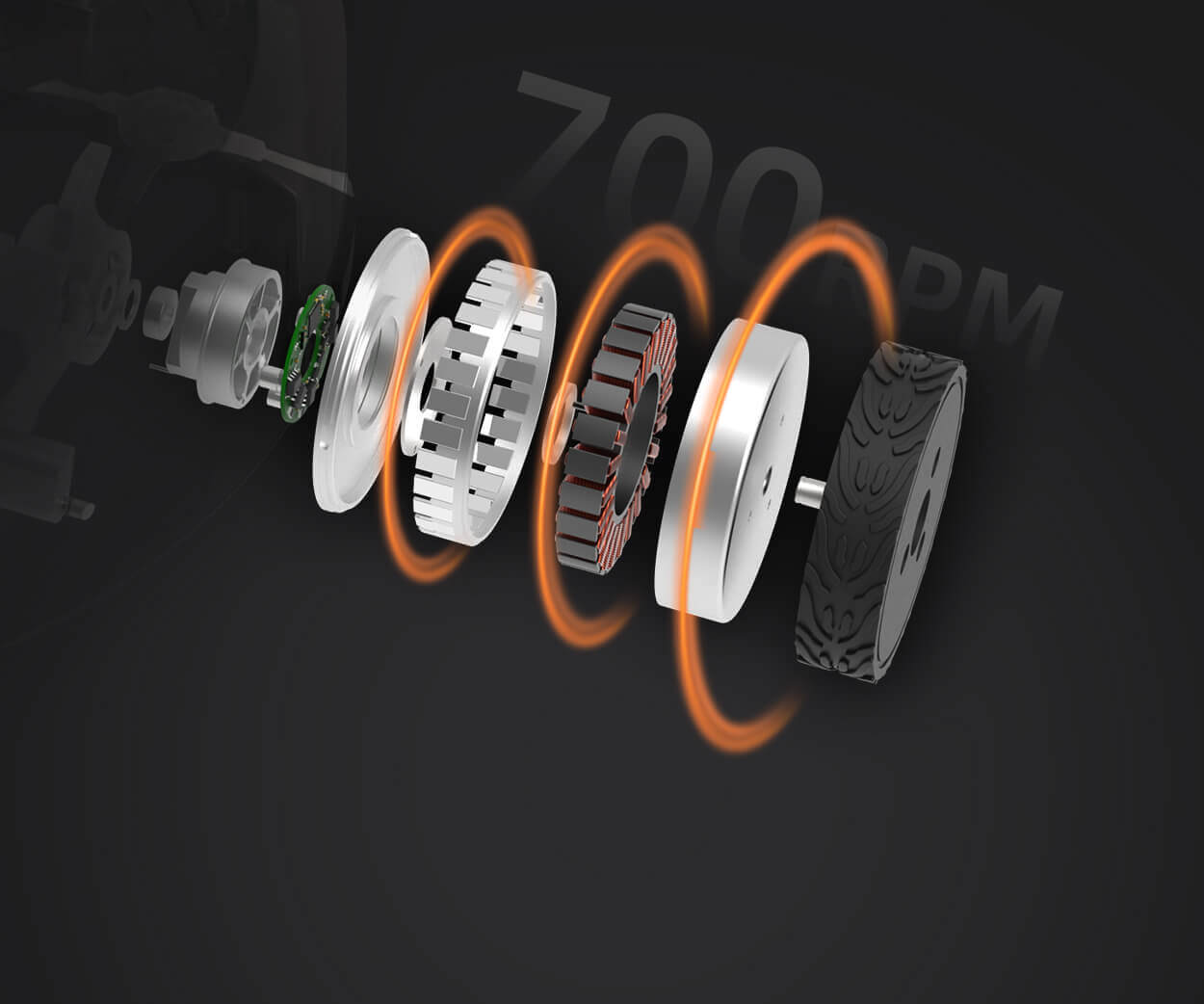In today’s world of rapid software development, understanding microservice design patterns has become a crucial aspect for companies looking to scale and optimize their systems. These design patterns provide a blueprint to help developers create modular and efficient applications, allowing teams to work independently, maintain code more effectively, and deliver better user experiences. But what exactly are microservice design patterns, and how can they make your development process smoother?

What Are Microservice Design Patterns?
At its core, microservices is an architectural style where a system is broken down into small, self-contained services. Each service is responsible for a specific functionality and can be developed, deployed, and scaled independently. The goal is to make systems more flexible and easier to maintain. But managing a network of microservices introduces its own set of challenges, which is where design patterns come in. These patterns are proven solutions to recurring problems developers face when working with microservices.
Think of microservice design patterns as tried-and-true strategies that allow you to avoid reinventing the wheel each time you encounter a problem. These patterns are like a guidebook to building a more resilient and scalable system. Whether you're dealing with communication between services, data management, or handling failures, there’s a pattern designed for the job.
Why Do You Need Microservice Design Patterns?
Let’s imagine you’re running a busy e-commerce platform. Your users are shopping, placing orders, and making payments all at the same time. You need to ensure that your system can handle all these tasks without any hiccups. Enter microservices. By splitting the system into smaller, independent services, each handling a specific task (like payments, product recommendations, or order tracking), your system becomes much more efficient. But what happens when these services need to talk to each other, or when one fails? Microservice design patterns help address these issues.
For instance, the Circuit Breaker Pattern is essential for handling service failures. If one service fails, it prevents the entire system from collapsing by isolating the issue. This allows your application to continue functioning while the broken service is fixed. Another useful pattern is the API Gateway Pattern, which simplifies communication between the client and the various services. Instead of clients making multiple requests to different services, they can send one request to the API gateway, which then forwards it to the appropriate service.
How Do Microservice Design Patterns Help You?
The benefits of using microservice design patterns are clear. They promote scalability, as each service can be scaled independently. Fault isolation is another advantage — if one service goes down, it doesn’t take the whole system with it. They also foster flexibility since each microservice can be developed and updated independently, allowing for faster releases and better adaptability to changing business needs.
Let’s not forget the data consistency challenge, which is always a concern in microservice architectures. With patterns like the Saga Pattern, you can ensure that transactions across multiple services are managed properly, without losing data integrity.
Real-World Example: The Power of Microservices in Action
Imagine you’re running a delivery service that connects drivers, warehouses, and customers. Each of these entities needs its own service — one for managing drivers, one for managing warehouses, and one for managing customers. Now, if you want to introduce a new feature, like real-time tracking, you don’t need to touch every service. By adding a new microservice to handle tracking, you can roll out the feature without disrupting the entire system. This is where design patterns, like the Strangler Pattern, come in handy. They allow you to gradually replace parts of a monolithic system with microservices without any downtime.
Wrapping It Up
Microservice design patterns aren’t just a nice-to-have; they’re a necessity in the modern world of software development. They help you build systems that are scalable, resilient, and easier to maintain. By incorporating these patterns, you can tackle the challenges that come with managing multiple independent services, ensuring your application remains robust and reliable. So, next time you’re designing a microservice architecture, think about which design patterns will give you the flexibility and reliability your business needs to grow and succeed.
Established in 2005, Kpower has been dedicated to a professional compact motion unit manufacturer, headquartered in Dongguan, Guangdong Province, China. Leveraging innovations in modular drive technology, Kpower integrates high-performance motors, precision reducers, and multi-protocol control systems to provide efficient and customized smart drive system solutions. Kpower has delivered professional drive system solutions to over 500 enterprise clients globally with products covering various fields such as Smart Home Systems, Automatic Electronics, Robotics, Precision Agriculture, Drones, and Industrial Automation.




































